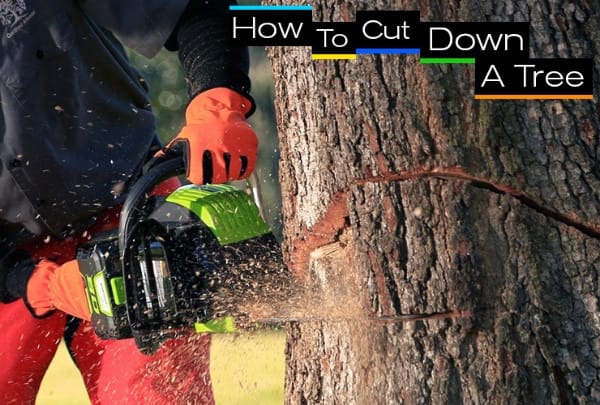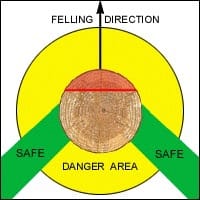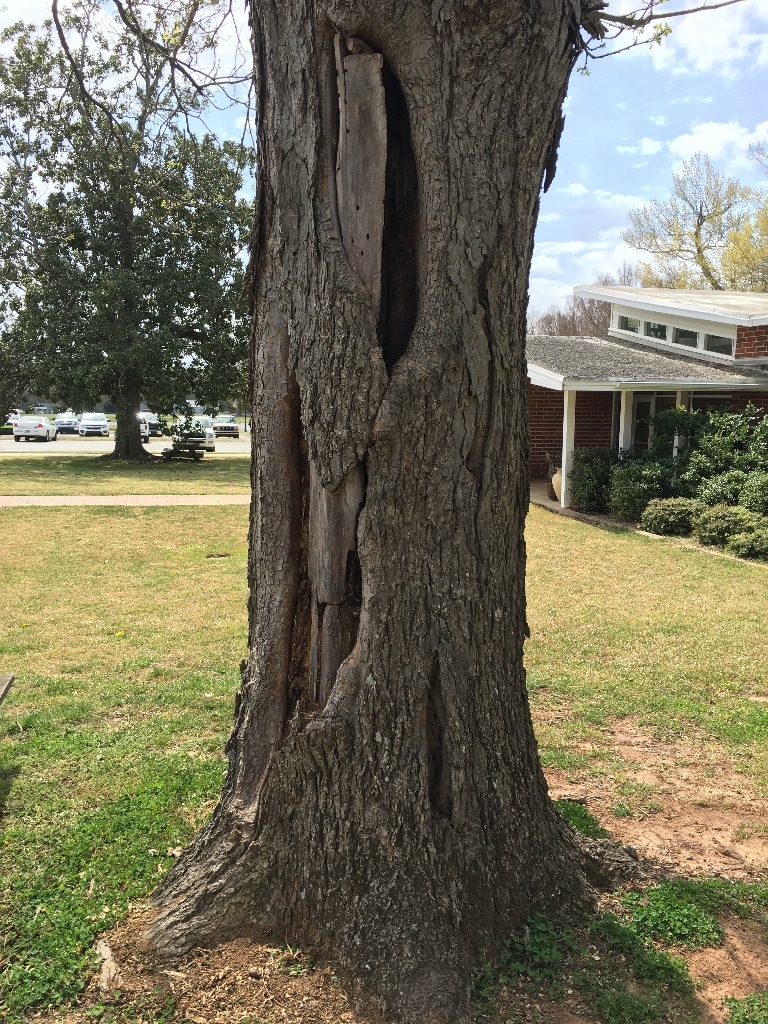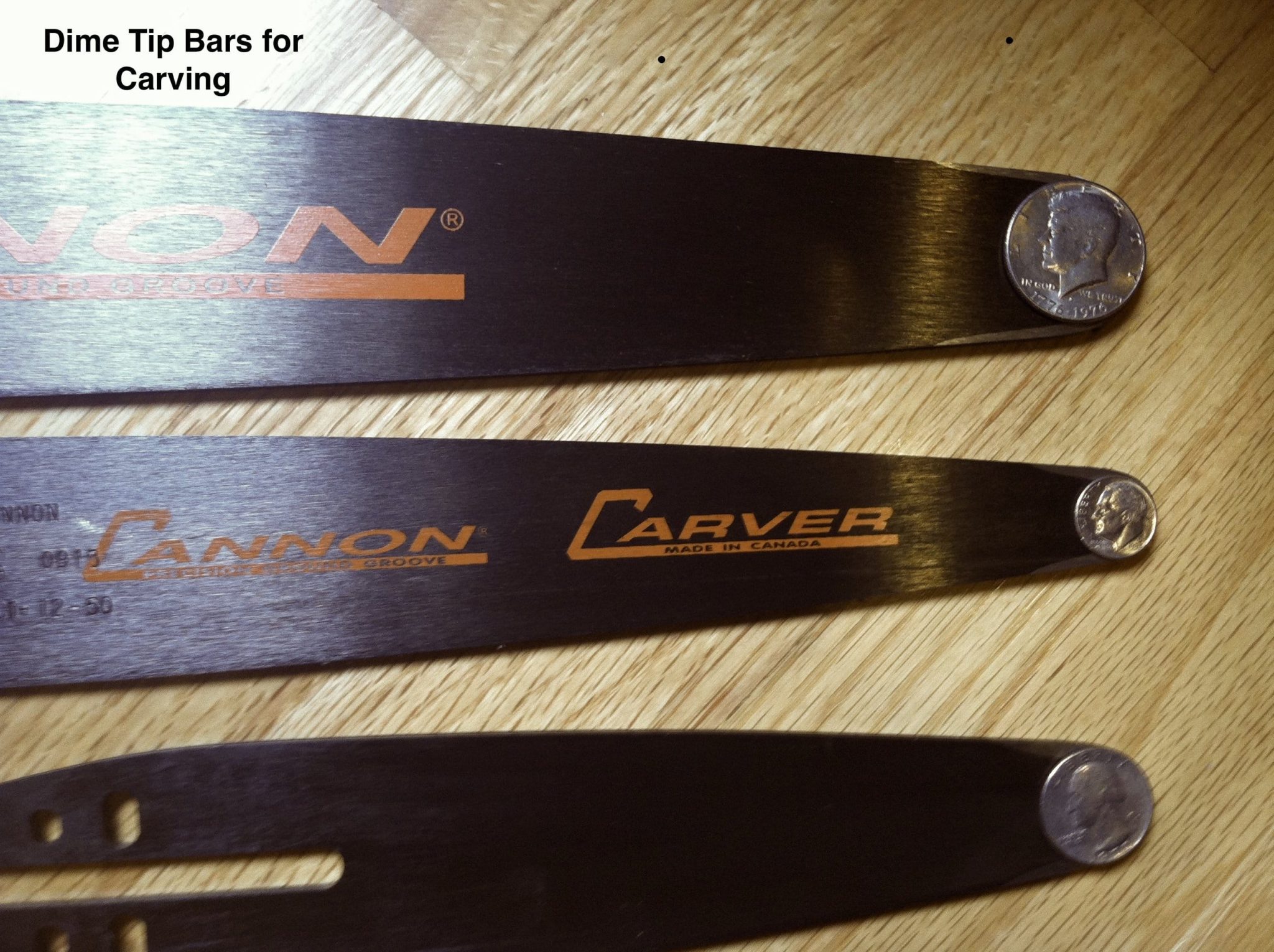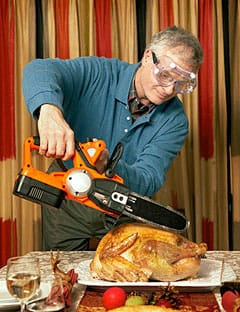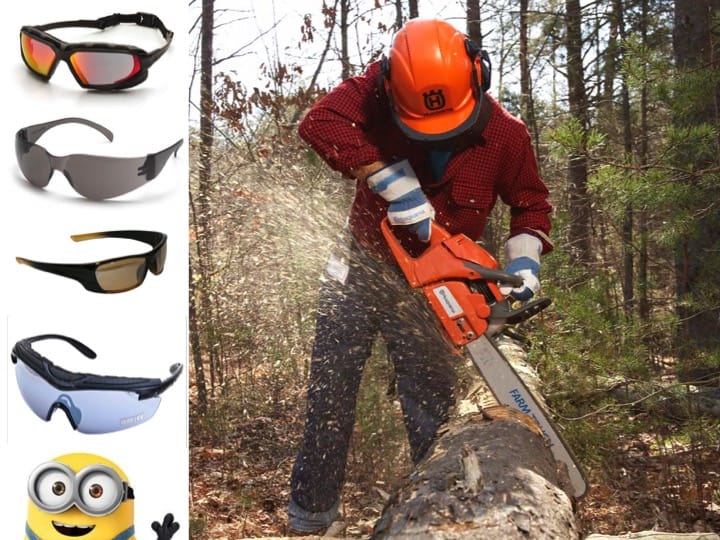You need a safe, clear escape route when felling a tree.
90-15-5 Rule
90% of the accidents during felling occur within 15 seconds after the tree moves and within 5 ft of the trunk. This is called the 90-15-5 rule.
Within the radius of the tree there are two high danger zones and two safer retreat routes. The first and largest high danger zone occupies a half circle from the center of the tree going outward in the direction of the fall. The second high danger zone is a quarter-circle area in the direction opposite the felling direction. You can be hurt in this area if the trunk jumps the stump, sets back, or the tree barber chairs.
Escape Route
Your escape route is in the 45-degree angles between these danger zones. Your retreat distance should be a minimum of 20 feet from the falling tree. Clear away all obstacles – such as debris or brush – that might slow you down or trip you up. You should be able to make your escape without turning your back on the falling tree.
Once you’ve identified your escape path, communicate your plan of work and retreat route to others on the work site. Discuss potential hazards; co-workers may have observed something you missed.
If the escape route is so important, why wait till the third step of the felling plan? The escape route is determined by the direction of tree fall. You will need to determine the height of the tree, identify hazards, measure lean, and assess your available equipment before you can fully determine the felling direction. If you change the felling direction for any reason, you need a new escape route.
